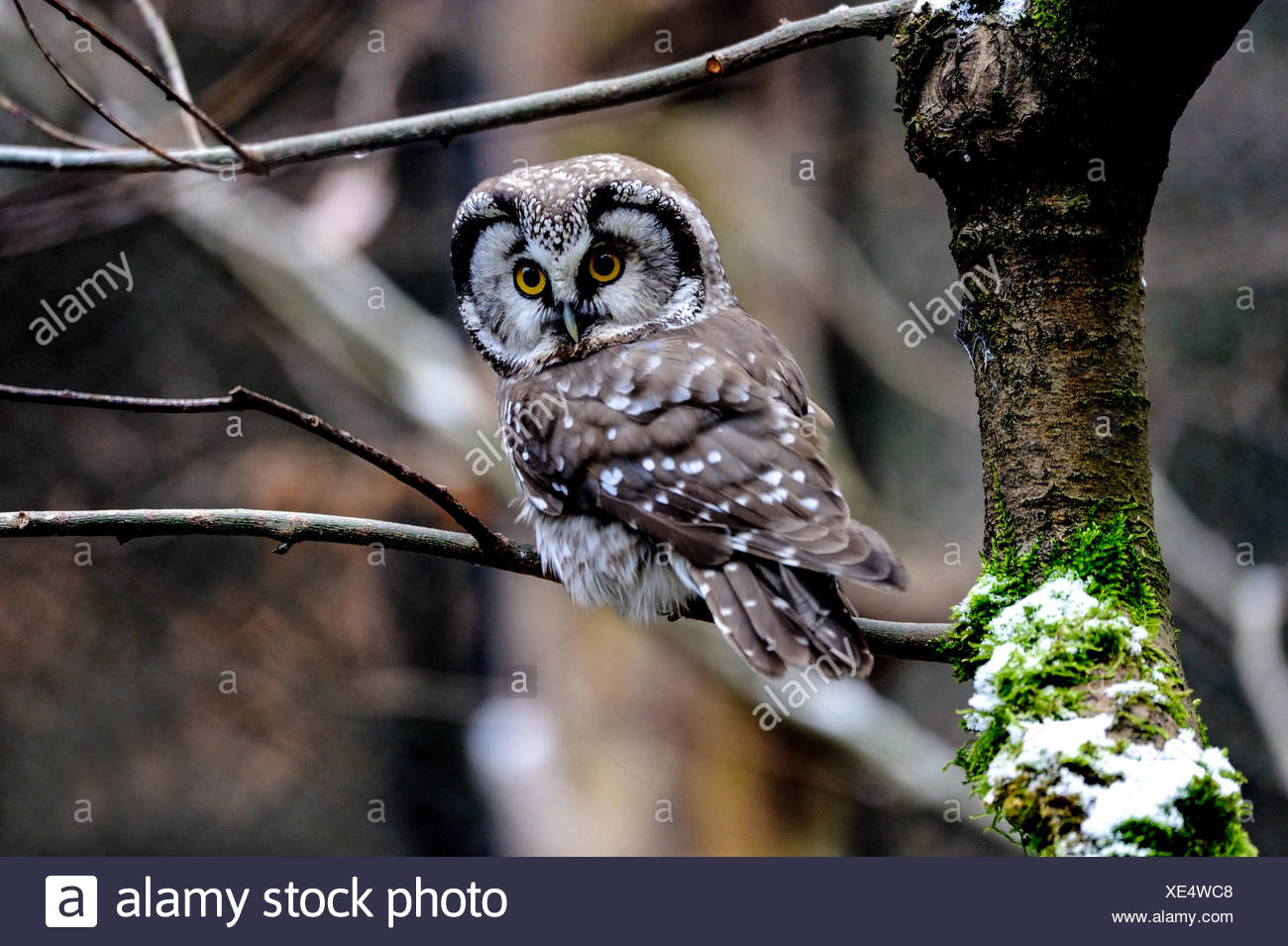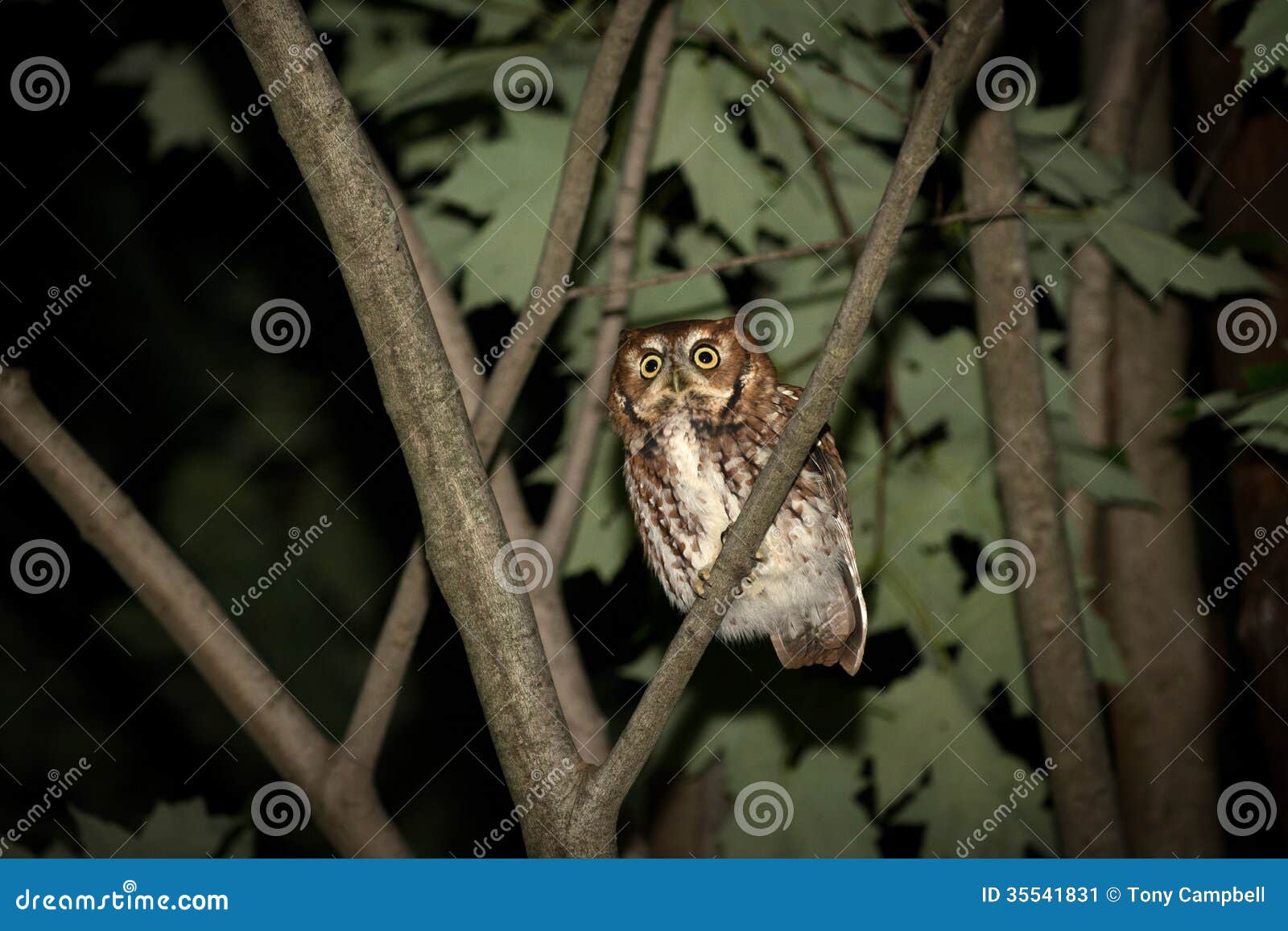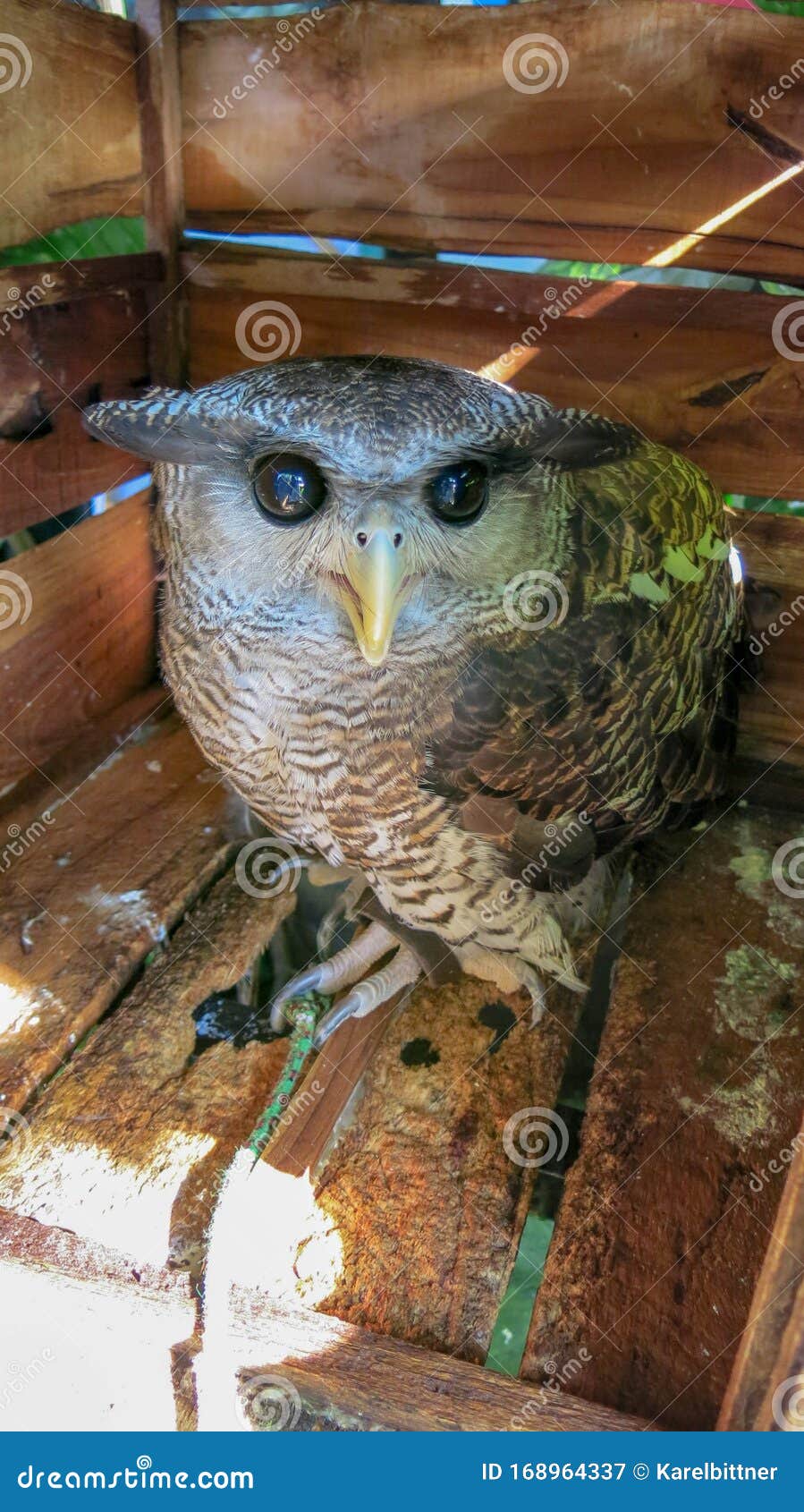

Bird identifcation filters inclide color, size and habitat. They are presented in different ways and with multiple images. We have selected 200 of the most commonly observed birds across the United States. Identifying Birds – Which Bird Did You See? The first choice on your left is called Which bird did you see? In this bird identifier section you will find assistance in identifying what birds you have seen. There are two topics in this section of the site… 1.
NIGHT BIRD SCREECH PROFESSIONAL
Once you can identify most of the birds you see and hear, you can support various citizen science programs or even become a researcher or professional ornithologist. Improving your bird identification skills will lead to greater enjoyment of the birds around you.

Once, I heard one hell of a commotion blood-curdling screams, snorts and wails and, when I got close enough to see down the beam of my spotlight, I discovered it was a fox and a badger having a right old set-to. The most frightening sounds are when two mammals meet face to face and only one is likely to survive. On many occasions, I would drift off to sleep, only to be awoken with a start by these cries for help, whether it be terns on the beach, curlew on the marsh or grouse on the hill the presence of Reynard will always set them off. I’d know when a fox had trotted up in search of an easy feed because all hell would break loose, with every bird taking flight and shouting its warning cry at the interloper, creating a deafening cacophony of disgust and fear that drowned out every other sound until the danger had passed. Ducks and waders, particularly lap-wings, would give the odd gentle call. There was the steady background drone of natterjack toads emitting rasping croaks, overlaid with the incessant singing of reed and sedge warblers. However, the summer nights were incredible, at times sounding more like the jungle than the north Norfolk coast.

NIGHT BIRD SCREECH FULL
When I worked at Holkham in Norfolk, I was fortunate to be able to sit outside William and Ann Sayer’s lodge house in the park, listening to the birds in full song as they announced the staking out of their territories. The nightingale, most famous nocturnal songster of all, might be long gone from London’s Berkeley Square, but is never forgotten by anyone lucky enough to hear the ad lib assortment of tunes this summer visitor croons to attract a mate. They make such a loud, unearthly range of sounds that our old labrador is often quite terrified when he goes out for a late-night pee and hears these little barn owls puffing at full volume.

We’ve had a family of barn owls nesting in a shed near our house in the Scottish Borders for the past few years and, once you’ve witnessed their night-time antics, it’s easy to understand why they’re also known as screech owls.Įerily especially if you haven’t heard it before the pre-fledged chicks emit a range of strange wheezing calls that I can only compare to an idling steam train hissing and chuffing as it builds up steam. The expression ‘night owl’ is apt, as these nocturnal birds of prey make the most extraordinary noises when going about their business in the wee small hours. Country Life's Top 100 architects, builders, designers and gardeners.


 0 kommentar(er)
0 kommentar(er)
